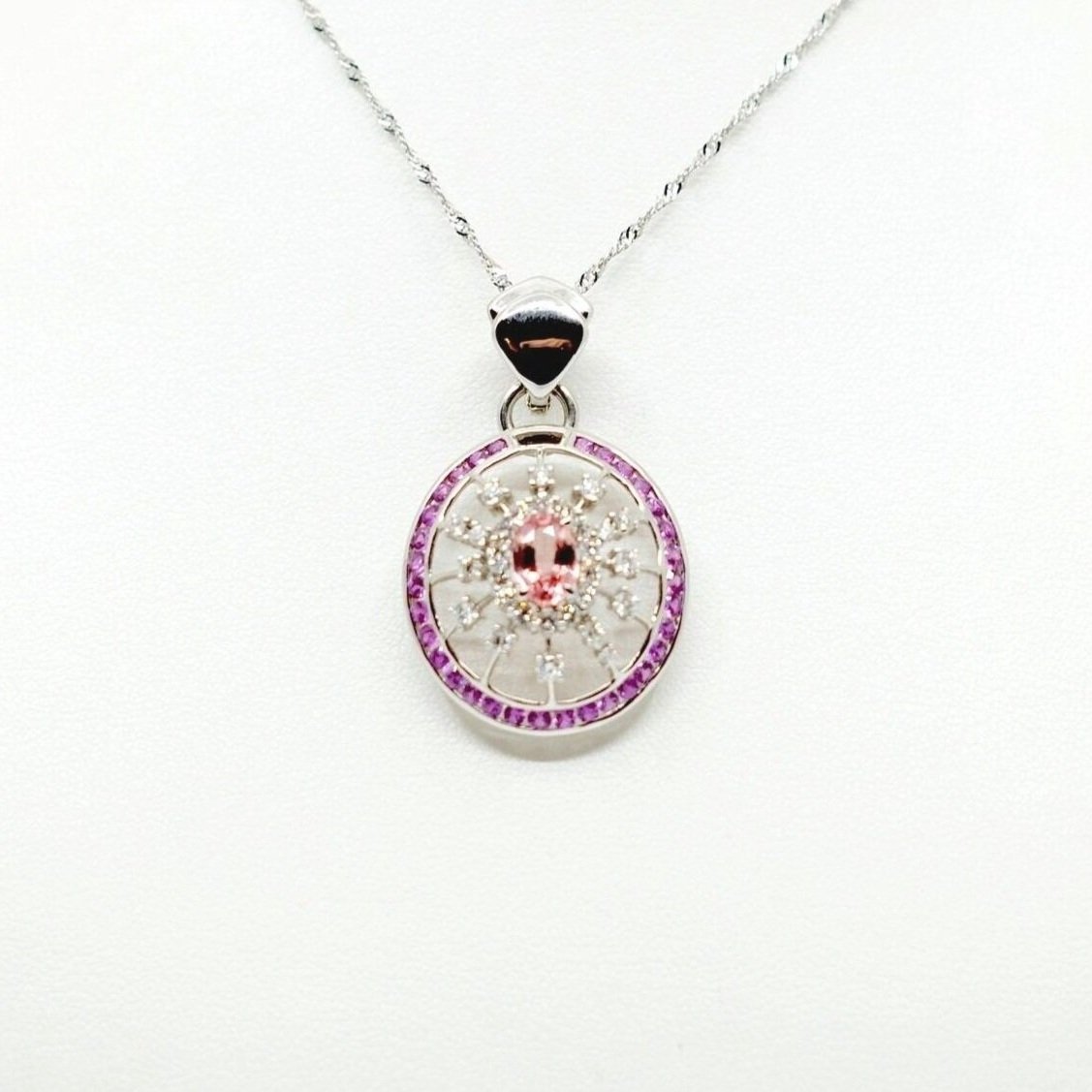Padparadscha is an orangy-pink variety of sapphire. It has a dominant pink body tone which is what its name referred to. Its name was originated from Sri Lanka where it is first discovered, translated from Sinhalese which is a native Sri Lankan language, with the meaning of “lotus flower”. Rich in pink, at first glance the flower may not resemble the colour of Padparadscha entirely. To best describe Padparadscha’s orangy-pink tone, a lotus flower has to be struck by a sunset orange light to obtain that bi-coloured body tone. For Sri Lankans, Padparadscha must have a dominant pink tone to its subtle orange mix.
The Origins of Padparadscha
Sri Lanka is a country abundant with gemstones, sapphires in particular. Many sapphires above 100 carats were found there, notably the largest star sapphire in the world: “The Star of Adam.” Padparadscha is still being found in Sri Lanka, however, the supply is very limited.
Supplies from other producing countries like Madagascar, Tanzania, and Vietnam however, are not quite able to match the finer quality compared to Sri Lankas in terms of colour and clarity. African Padparadscha tends to be darker in tone and lean more towards the orange tone, which contradicts the definition of its name.
How to judge a Padparadscha’s colour is still up for debate. In the trade, there are many stones that differ in tone and saturation and it is still deemed as Padparadscha. As the Sri Lankans say it must have a pink majority body tone; however there are some who said it should be salmon or sunset-like tone. The only thing in common is they agree that its colour should not be too dark or light in tone.
Sources:
“Padparadscha, The King of Sapphires.” The Gem Museum, 2 Oct. 2020, thegemmuseum.gallery/padparadscha-the-king-of-sapphires/#:~:text=Padparadscha%20appeared%20to%20be%20an,meaning%20of%20%E2%80%9Clotus%20flower%E2%80%9D.

